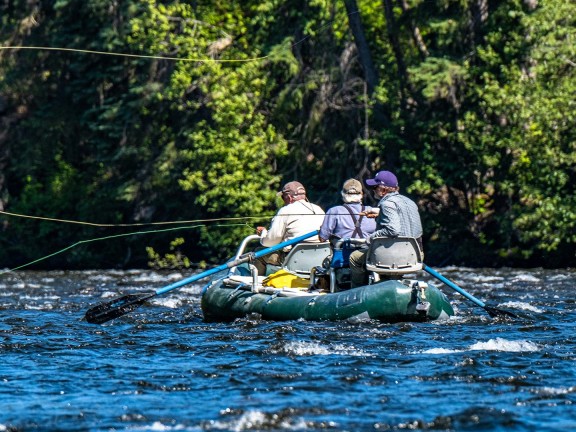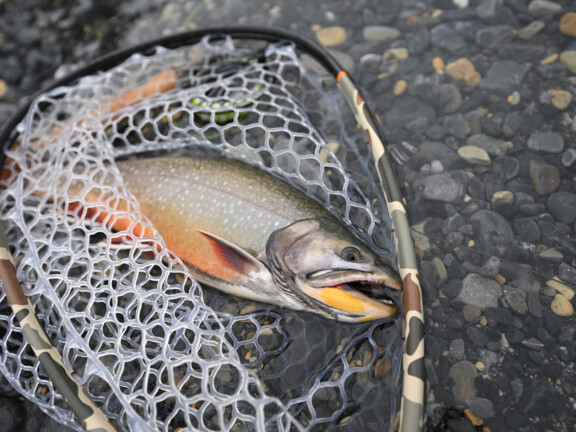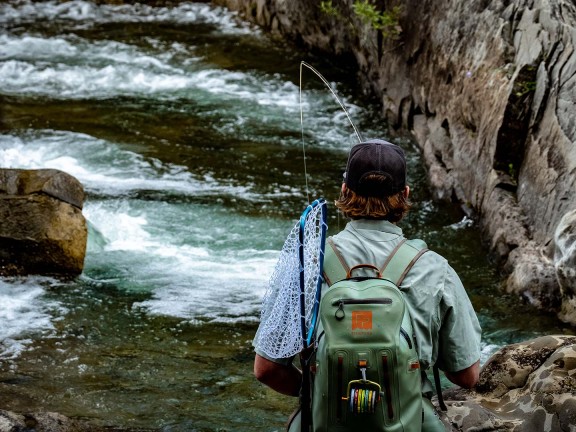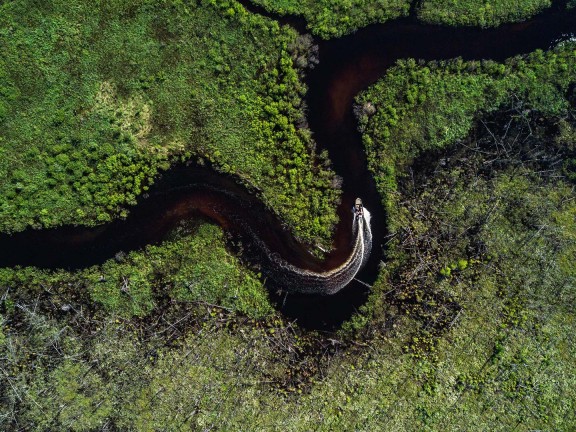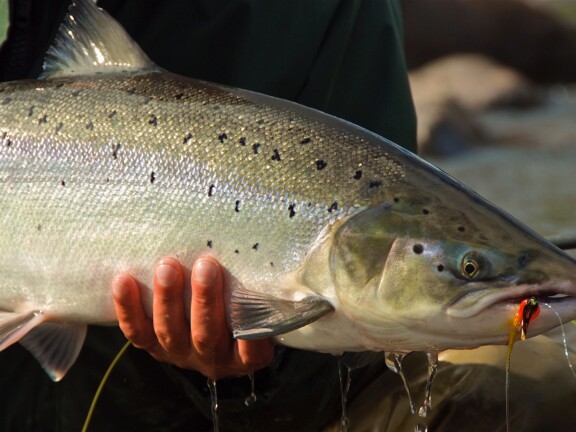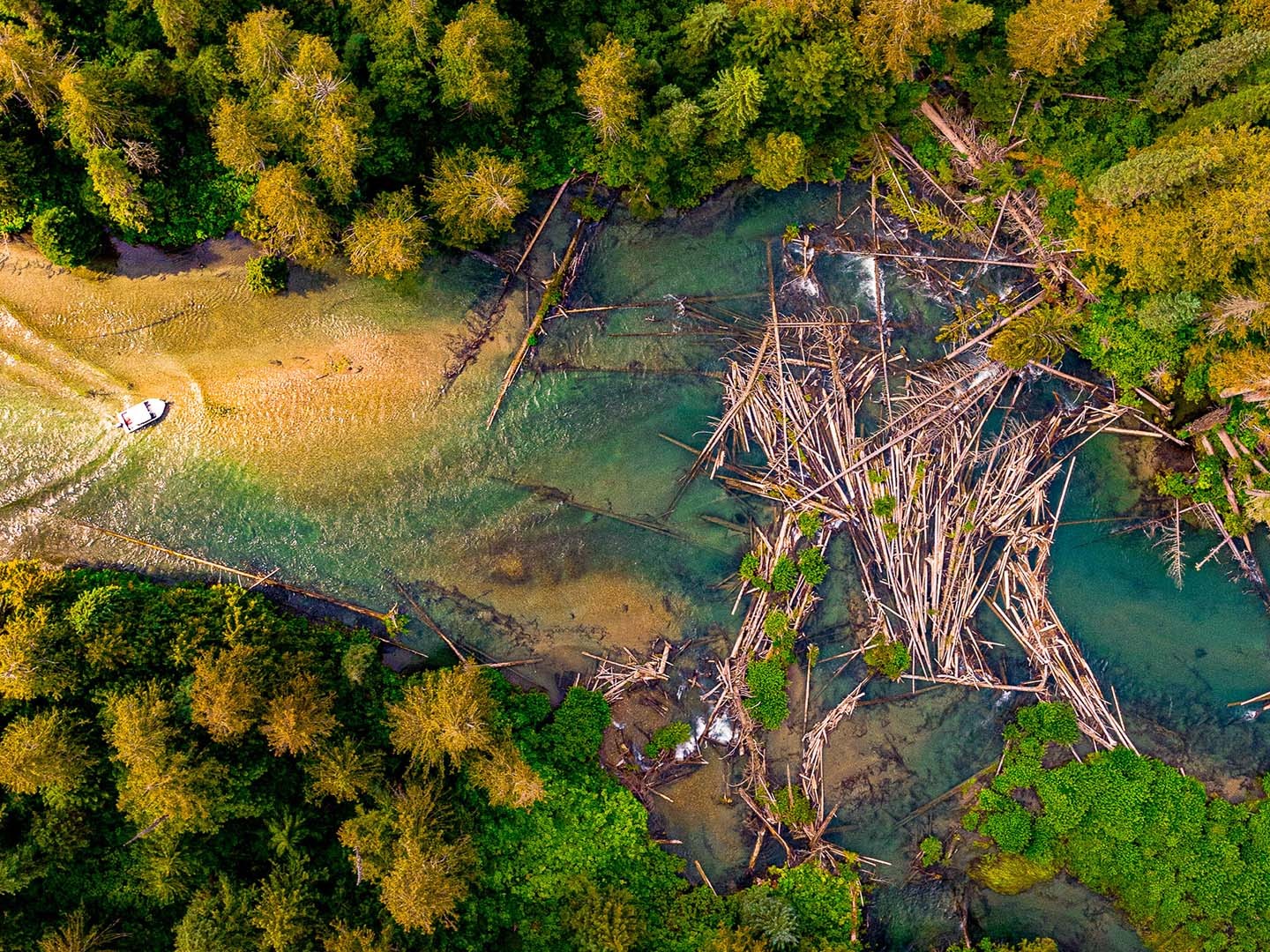
Canada
When it seems like every inch of the planet has been discovered, and that no genuine adventure remains, look north to Canada and you’ll find a rugged, wild and still unexplored landscape offering fly-fishing discoveries in spades.
Canada’s unspoiled rivers, lakes and streams account for more than 20 percent of the world’s freshwater and present endless opportunities no matter where you cast a fly. Whether targeting wild salmon and steelhead charging in from the Pacific Ocean; smashing giant lake trout, char, and grayling in the far north; tempting the fabled Atlantic salmon and brook trout in the east; casting delicate dry flies to native cutthroats in the Rocky Mountains; or targeting oversized muskie, northern pike and walleye on the plains, you’ll be surrounded by incredible natural beauty, plenty of wildlife, and some of the most accommodating people on the planet. Here’s a quick look at Canada’s five distinct regions and all they offer.
Canada
ContinuedWhen it seems like every inch of the planet has been discovered, and that no genuine adventure remains, look north to Canada and you’ll find a rugged, wild and still unexplored landscape offering fly-fishing discoveries in spades.
Canada’s unspoiled rivers, lakes and streams account for more than 20 percent of the world’s freshwater and present endless opportunities no matter where you cast a fly. Whether targeting wild salmon and steelhead charging in from the Pacific Ocean; smashing giant lake trout, char, and grayling in the far north; tempting the fabled Atlantic salmon and brook trout in the east; casting delicate dry flies to native cutthroats in the Rocky Mountains; or targeting oversized muskie, northern pike and walleye on the plains, you’ll be surrounded by incredible natural beauty, plenty of wildlife, and some of the most accommodating people on the planet. Here’s a quick look at Canada’s five distinct regions and all they offer.
All Canadian Lodges
Get in touch today to start planning your next fly fishing adventure!
You’ve got fly-fishing travel in your blood. We make high-adventure happen.
